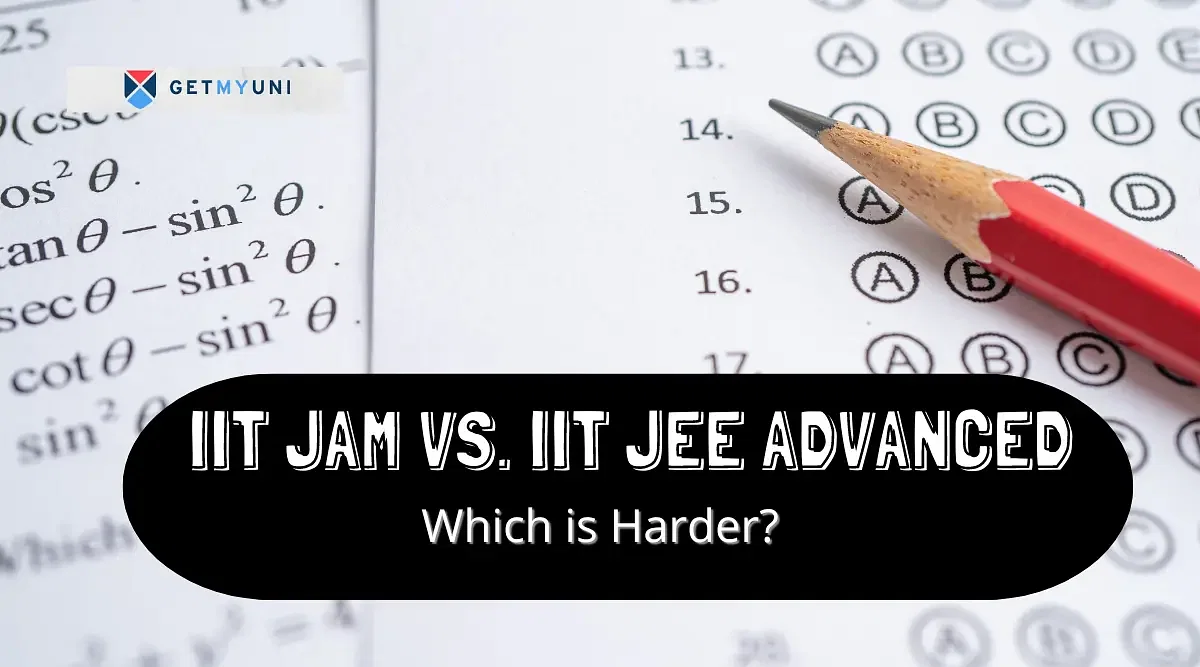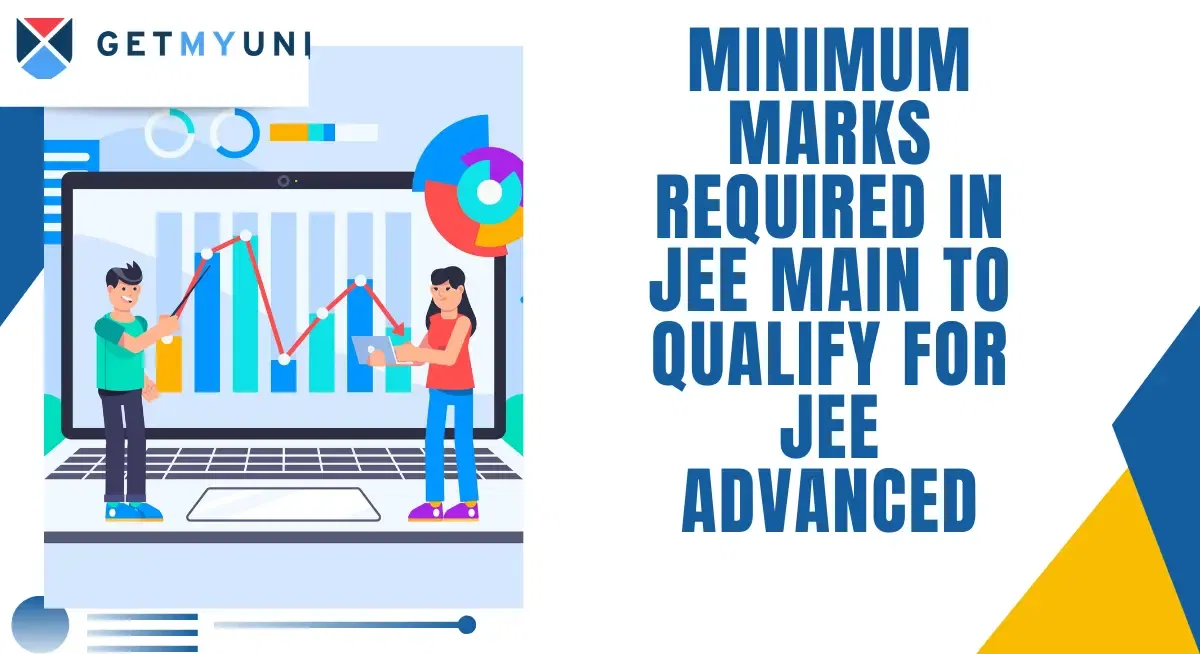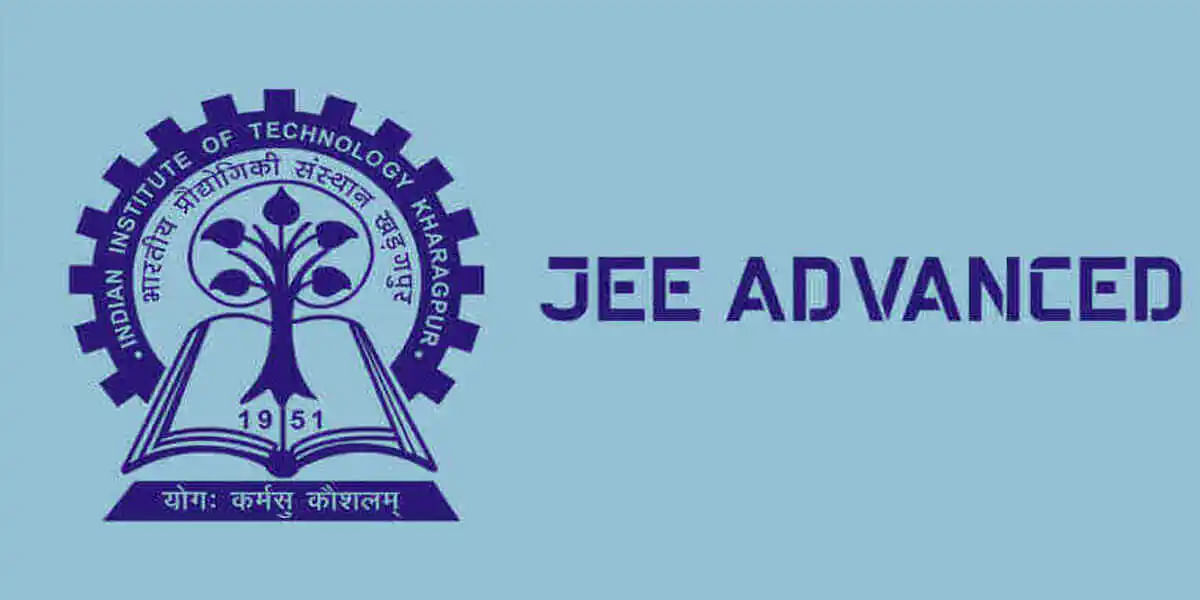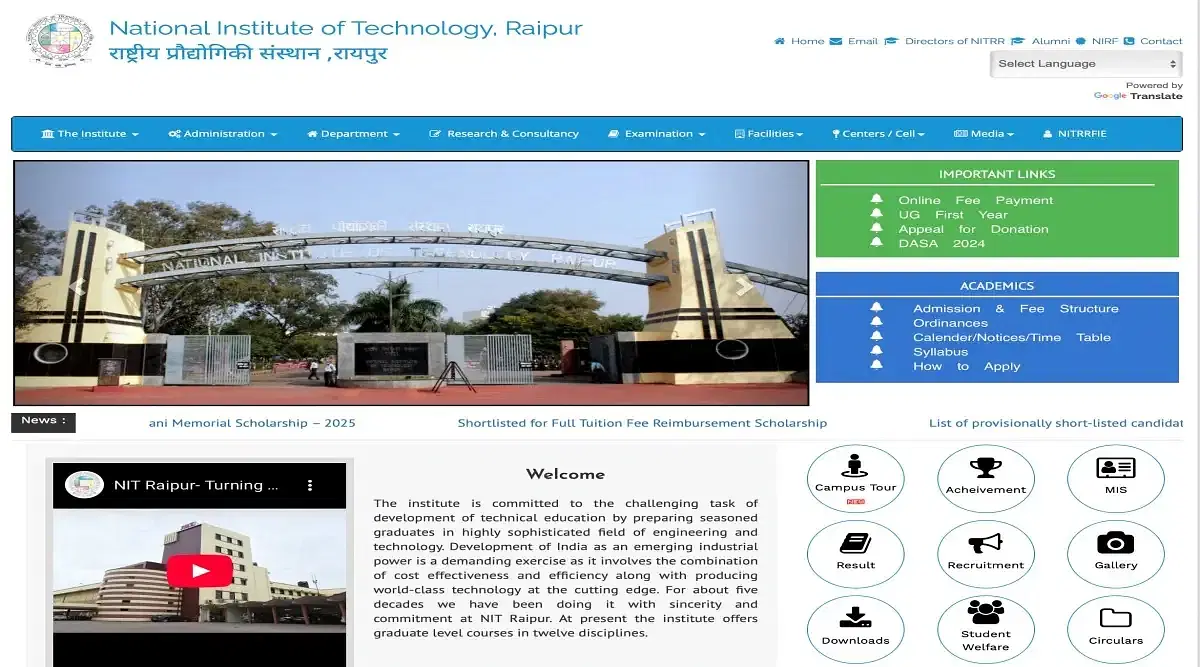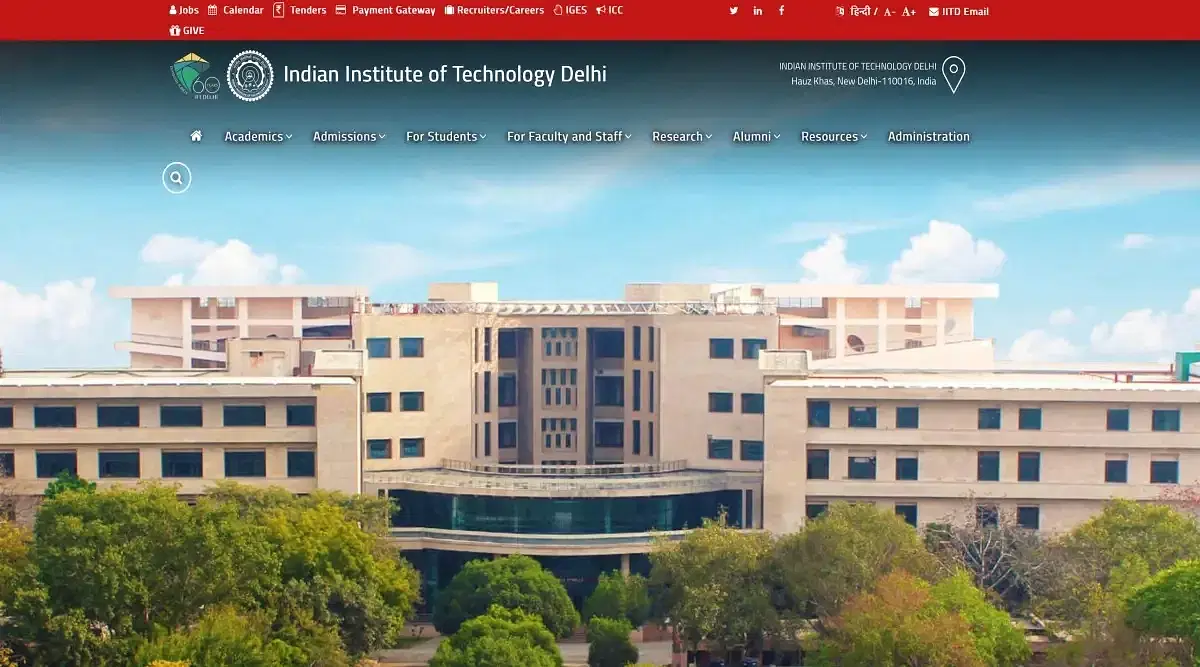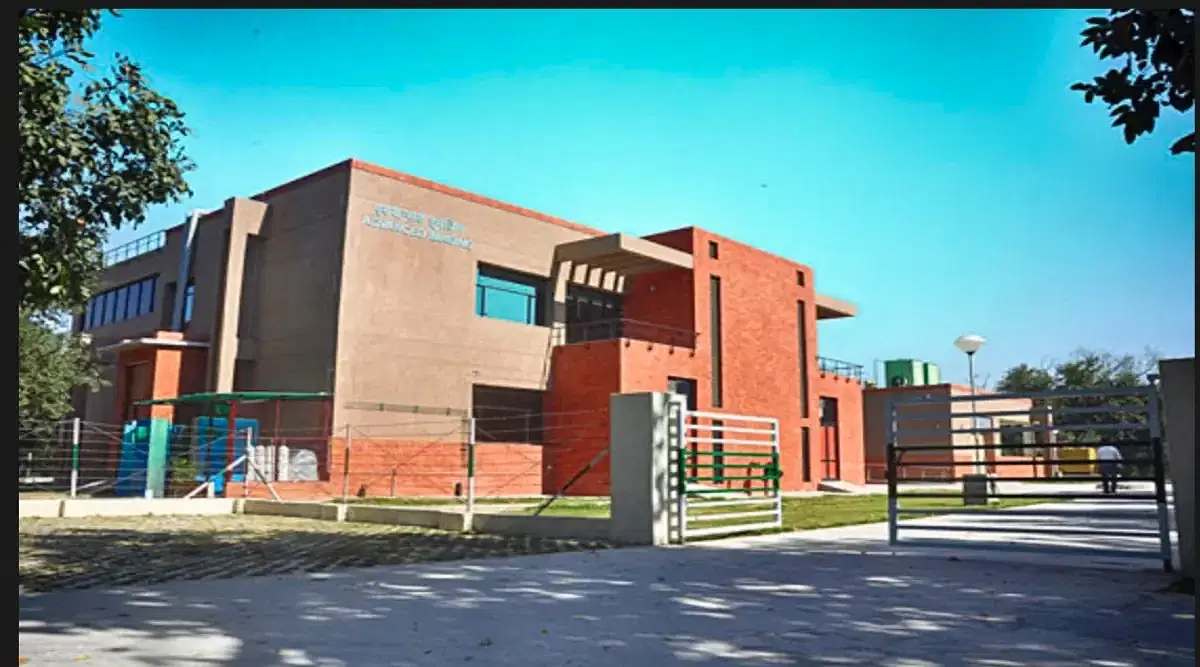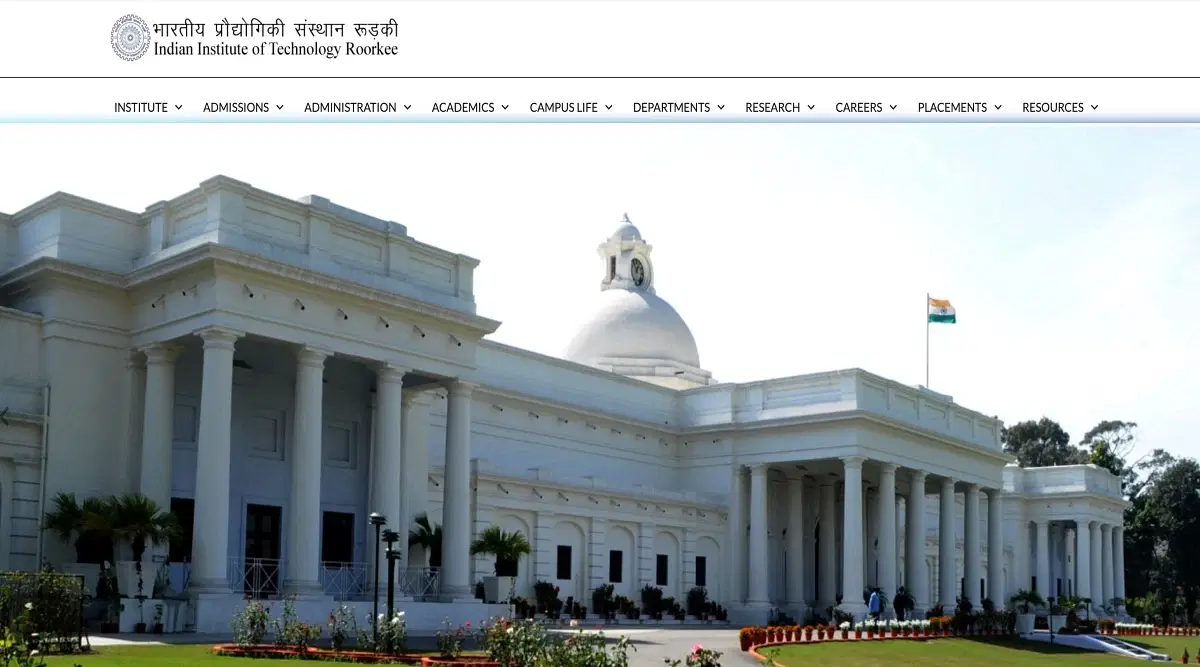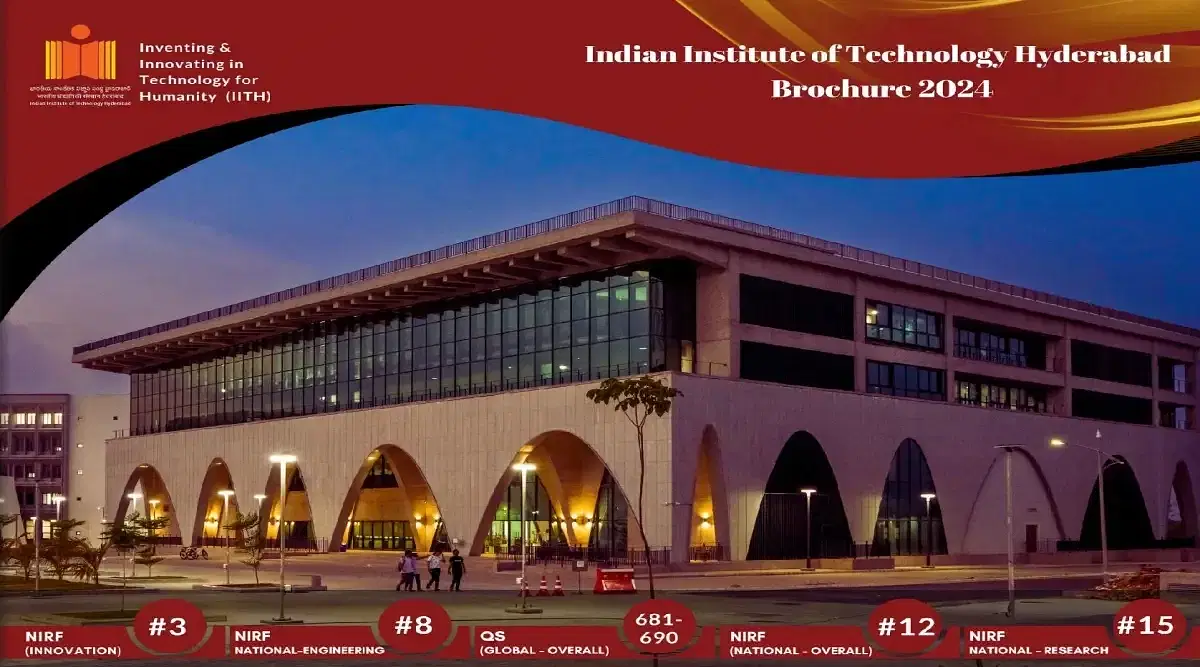
Table of Contents
JEE Advanced Chemistry Syllabus 2026 has been released by the authority on JEE Advanced’s official website, and the complete syllabus has been revised. Candidates preparing for the JEE Advanced exam must refer to the Chemistry syllabus for JEE Advanced as the question paper will be based on the topics provided in the syllabus.
JEE Advanced Chemistry Syllabus 2026
Candidates looking for JEE Advanced Chemistry Syllabus 2026 may refer to the list of topics below. Many topics, including Chemical Thermodynamics, Electrochemistry, and Isolation of Metals, are covered in the GATE syllabus.
General Topics
- Concept of Atoms and Molecules
- Dalton’s Atomic Theory
- Mole Concept
- Chemical Formulae
- Balanced Chemical Equations
- Calculations (Based on Mole Concept and Stoichiometry) Involving Common Oxidation-Reduction, Neutralisation, and Displacement Reactions
- Concentration in Terms of Mole Fraction, Molarity, Molality and Normality.
States of Matter: Gases and Liquids
- Gas Laws and Ideal Gas Equation
- Absolute Scale of Temperature
- Deviation From Ideality, Van Der Waals Equation
- Kinetic Theory of Gases
- Intermolecular Interactions
- Liquids: Vapour Pressure, Surface Tension, Viscosity
Atomic Structure
- Bohr Model
- Wave-Particle Duality
- Uncertainty Principle
- Qualitative Quantum Mechanical Picture of Hydrogen Atom
- Aufbau Principle
- Pauli’s Exclusion Principle and Hund’s Rule
Chemical Bonding and Molecular Structure
- Orbital Overlap and Covalent Bond
- Hybridisation
- Molecular Orbital Energy Diagrams
- Hydrogen Bond
- Polarity in Molecules, Dipole Moment
- VSEPR Model and Shapes of Molecules
Chemical Thermodynamics
- First Law of Thermodynamics
- Internal Energy, Work, and Heat
- Enthalpy, Heat Capacity, Standard State, Hess’s Law
- Second Law of Thermodynamics
- Entropy, Gibbs Energy
- Criteria of Equilibrium and Spontaneity
Chemical and Ionic Equilibrium
- Law of Mass Action
- Equilibrium Constant
- Le Chatelier’s Principle
- Solubility Product
- Acids and Bases
Electrochemistry
- Electrochemical Cells
- Standard Electrode Potentials
- Electrochemical Work, Nernst Equation
- Faraday’s Laws of Electrolysis
- Batteries, Corrosion
Chemical Kinetics
- Rates of Chemical Reactions
- Order and Molecularity of Reactions
- Rate Law, Rate Constant, Half-Life
- Temperature Dependence of Rate Constant
- Catalysis
Solid State
- Classification of Solids
- Crystalline State
- Close Packed Structure of Solids
- Point Defects
Solutions
- Henry’s Law
- Raoult’s Law
- Colligative Properties
Surface Chemistry
- Elementary Concepts of Adsorption: Physisorption and Chemisorption, Freundlich Adsorption Isotherm
- Colloids: Types, Methods of Preparation and General Properties
- Elementary Ideas of Emulsions, Surfactants and Micelles (Only Definitions and Examples).
Classification of Elements and Periodicity in Properties
- Modern Periodic Law and the Present Form of the Periodic Table
- Electronic Configuration of Elements
- Periodic Trends in Atomic Radius, Ionic Radius, Ionisation Enthalpy, Electron Gain Enthalpy, Valence, Oxidation States, Electronegativity, and Chemical Reactivity.
Hydrogen
- Position of Hydrogen in the Periodic Table
- Occurrence, Isotopes, Preparation
- Hydrides, Physical and Chemical Properties of Water
s-Block Elements
- Alkali and Alkaline Earth Metals
- General Characteristics of Their Oxides, Hydroxides, Halides, Salts of Oxoacids
- Anomalous Behaviour of Lithium and Beryllium
p-Block Elements
- Oxidation State and Trends in Chemical Reactivity
- Anomalous Properties of Boron, Carbon, Nitrogen, Oxygen, and Fluorine
d-Block Elements
- Oxidation States and Their Stability
- Interstitial Compounds, Alloys, Catalytic Properties
- Preparation, Structure, and Reactions of Oxoanions of Chromium and Manganese
f-Block Elements
- Lanthanoid and Actinoid Contractions
- Oxidation States
- General Characteristics
Coordination Compounds
- Werner’s Theory
- Nomenclature, Isomerism, Bonding
- Magnetic Properties, Ligands, Stability, Applications
Isolation of Metals
- Metal Ores and Their Concentration
- Principles of Metallurgy
- Cyanide Process, Refining
Principles of Qualitative Analysis
- Groups I To V
- Nitrate, Halides, Carbonate, Bicarbonate, Sulphate, Sulphide
Environmental Chemistry
- Atmospheric, Water, and Soil Pollution
- Industrial Waste
- Strategies To Control Environmental Pollution
- Green Chemistry
Basic Principles of Organic Chemistry
- Hybridisation, Σ and Π-Bonds
- Shapes of Simple Organic Molecules
- Aromaticity
- Structural and Geometrical Isomerism
Alkanes
- Homologous Series, Physical Properties
- Conformations of Ethane and Butane
- Reactions: Combustion, Halogenation, Oxidation
Alkenes and Alkynes
- Physical Properties (Boiling Points, Density and Dipole Moments)
- Preparation By Elimination Reactions; Acid Catalysed Hydration (Excluding the Stereochemistry of Addition and Elimination); Metal Acetylides; Reactions of Alkenes With Kmno4 and Ozone; Reduction of Alkenes and Alkynes; Electrophilic Addition Reactions of Alkenes With X2, Hx, Hox, (X=Halogen); Effect of Peroxide on Addition Reactions; Cyclic Polymerization Reaction of Alkynes.
Benzene
- Structure; Electrophilic Substitution Reactions: Halogenation, Nitration, Sulphonation, Friedel Crafts Alkylation and
- Acylation; Effect of Directing Groups (Monosubstituted Benzene) in These Reactions.
Phenols
- Physical Properties; Preparation, Electrophilic Substitution Reactions of Phenol (Halogenation, Nitration, Sulphonation); Reimer-Tiemann Reaction, Kolbe Reaction; Esterification; Etherification; Aspirin Synthesis; Oxidation and Reduction Reactions of Phenol.
Alkyl Halides
- Rearrangement Reactions of Alkyl Carbocation; Grignard Reactions; Nucleophilic Substitution Reactions and Their Stereochemical Aspects.
Alcohols
- Physical Properties: Reactions: Esterification, Dehydration (Formation of Alkenes and Ethers); Reactions With Sodium, Phosphorus Halides, Zncl2/Concentrated Hcl, Thionyl Chloride; Conversion of Alcohols Into Aldehydes, Ketones and Carboxylic Acids.
Ethers
- Preparation By Williamson’s Synthesis; C-O Bond Cleavage Reactions.
Aldehydes and Ketones
- Preparation Of: Aldehydes and Ketones From Acid Chlorides and Nitriles; Aldehydes From Esters; Benzaldehyde From Toluene and Benzene; Reactions: Oxidation, Reduction, Oxime and Hydrazon
- Formation: Aldol Condensation, Cannizzaro Reaction; Haloform Reaction; Nucleophilic Addition Reaction With Rmgx, Nahso3, Hcn, Alcohol, Amine.
Carboxylic Acids
- Physical Properties; Preparation: From Nitriles, Grignard Reagents, Hydrolysis of Esters and Amides; Preparation of Benzoic Acid From Alkylbenzenes; Reactions: Reduction, Halogenation, Formation of Esters, Acid Chlorides and Amides.
Amines
- Preparation From Nitro Compounds, Nitriles and Amides; Reactions: Hoffmann Bromamide Degradation, Gabriel Phthalimide Synthesis; Reaction With Nitrous Acid, Azo Coupling Reaction of Diazonium Salts of Aromatic Amines; Sandmeyer and Related Reactions of Diazonium Salts; Carbylamine Reaction, Hinsberg Test, Alkylation and Acylation Reactions.
Haloarenes
- Reactions: Fittig, Wurtz-Fittig; Nucleophilic Aromatic Substitution in Haloarenes and Substituted Haloarenes (Excluding Benzyne Mechanism and Cine Substitution).
Biomolecules
- Carbohydrates: Classification; Mono- and Di-Saccharides (Glucose and Sucrose); Oxidation; Reduction; Glycoside Formation and Hydrolysis of Disaccharides (Sucrose, Maltose, Lactose); Anomers.
- Proteins: Amino Acids; Peptide Linkage; Structure of Peptides (Primary and Secondary); Types of Proteins (Fibrous and Globular).
- Nucleic Acids: Chemical Composition and Structure of DNA and RNA.
Polymers
- Types of Polymerisation (Addition, Condensation)
- Homo and Copolymers; Natural Rubber; Cellulose; Nylon; Teflon; Bakelite; Pvc; Bio-Degradable Polymers;
- Applications of Polymers.
Chemistry in Everyday Life
- Drug-Target Interaction
- Therapeutic Action, and Examples (Excluding Structures), of Antacids, Antihistamines, Tranquillizers, Analgesics, Antimicrobials, and Antifertility Drugs; Artificial Sweeteners (Names Only)
- Soaps, Detergents, and Cleansing Action.
Practical Organic Chemistry
- Detection of Elements (N, S, Halogens)
- Detection and Identification of the Following Functional Groups: Hydroxyl (Alcoholic and Phenolic), Carbonyl (Aldehyde and Ketone), Carboxyl, Amino and Nitro.
List of Important Topics in JEE Advanced Chemistry 2026
Some Basic Concepts of Chemistry, Gaseous and Liquid States, Metallurgy, and General Organic Chemistry are some of the important topics from the syllabus JEE Advanced Chemistry.
- Chemical Bonding and Molecular Structure
- Energetics
- Equilibrium
- Electrochemistry
- Chemical Kinetics
- Solid State
- Liquid Solutions
- Organic Compounds Containing Halogens
- Some Basic Concepts of Chemistry
- Gaseous and Liquid States
- Atomic Structure
- Alcohols, Phenols and Ethers
- Aldehydes and Ketones
- Organic Compound Containing Nitrogen
- Nuclear Chemistry
- s and p Block Elements
- Metallurgy
- General Organic Chemistry
- Hydrocarbons
JEE Advanced Chemistry Topic Wise Weightage 2026
The table below contains the topic-wise weightage of the Chemistry JEE Advanced syllabus.
| Topic | Marks | Number of Questions |
| Periodic Table and Representative Elements | 12 | 3 |
| Transition Elements and Coordination Chemistry | 12 | 3 |
| Atomic Structure | 8 | 2 |
| Thermodynamics and Gaseous State | 8 | 2 |
| Chemical Bonding | 8 | 2 |
| Nuclear Chemistry and Environment | 8 | 2 |
| Chemical and Ionic Equilibrium | 8 | 2 |
Recommended Books for JEE Advanced Chemistry 2026
Candidates preparing for JEE Advanced 2026 may refer to the recommended books below to prepare for JEE Advanced Chemistry paper.
Candidates must start by going through the JEE Advanced Chemistry Syllabus. They can refer to some of the books below for better learning and understanding of the concepts.
| Book | Author/Publisher |
| NCERT Textbooks (Class 11th and 12th) | NCERT |
| Organic Chemistry | Morrison and Boyd |
| Concise Inorganic Chemistry | J. D. Lee |
| Physical Chemistry | O. P. Tandon |
| Organic Chemistry | M. S. Chauhan |
| Organic Chemistry | Peter Sykes |
Read More: JEE Advanced Books 2026
JEE Advanced Highlights 2026
JEE Advanced is a computer-based exam. It has two papers; in each, there are 3 sections: Chemistry, Mathematics and Physics.
| Particular | Details |
| Name of Exam | Joint Entrance Exam Advanced |
| Mode of Exam | Online (Computer-based Test) |
| Date of Exam | Jun 4, 2026 |
| Language Medium | English and Hindi |
| Conducting Body | Any one of the Indian Institutes of Technology (IIT) |
| Duration of Exam | 3 hours |
| Number of Sections (Paper 1 and Paper 2) | Physics |
| Chemistry | |
| Mathematics | |
| Official Website | https://jeeadv.ac.in/ |
















